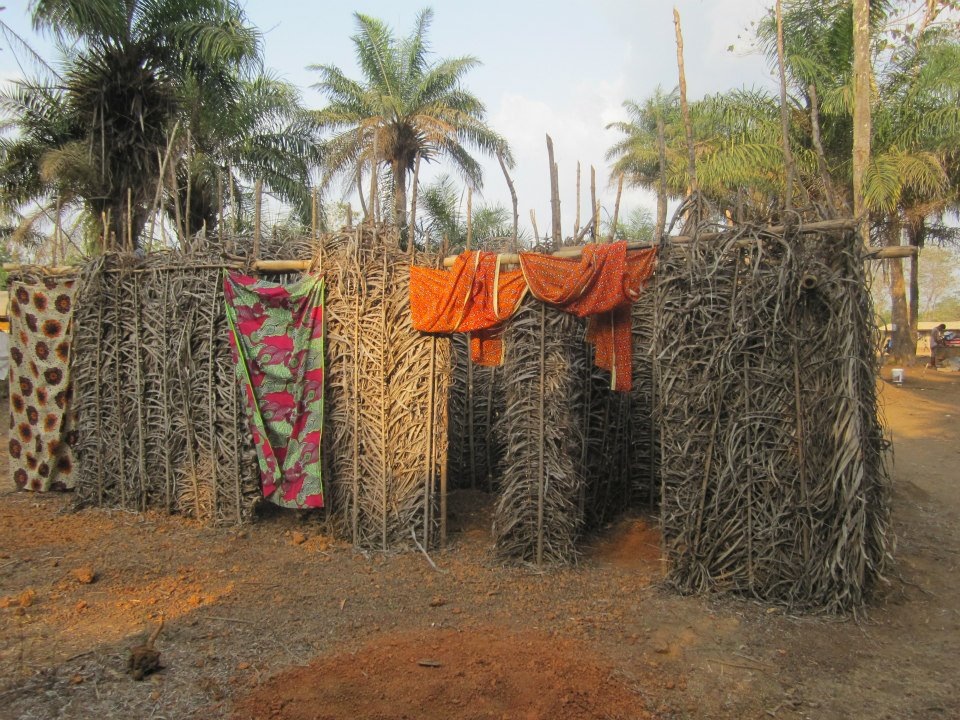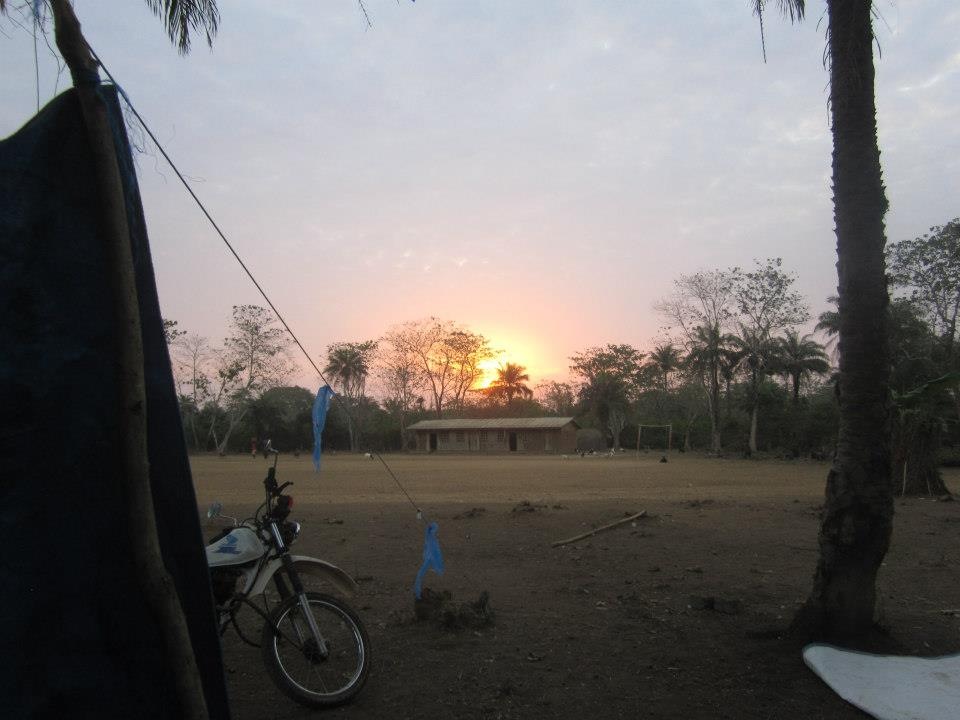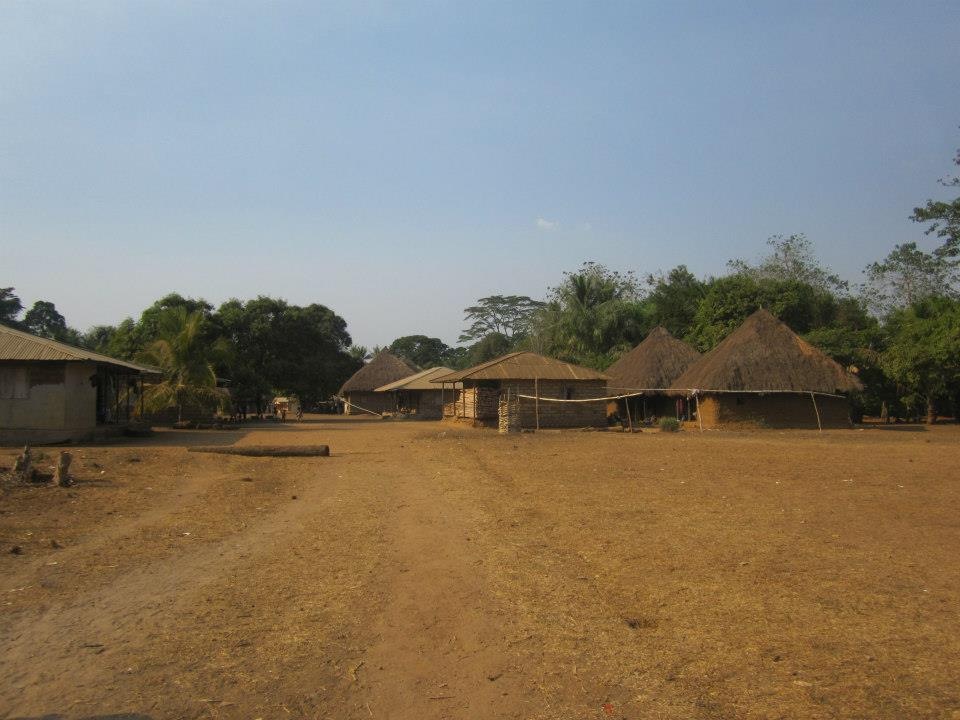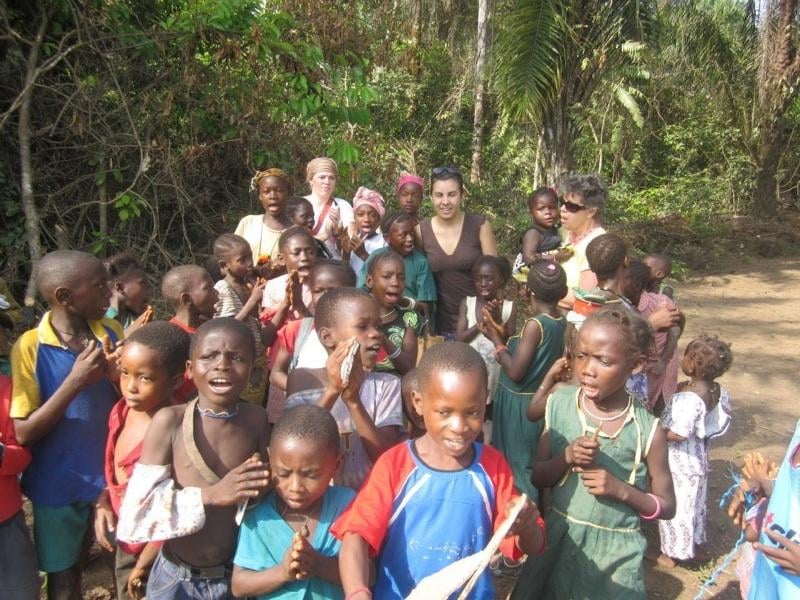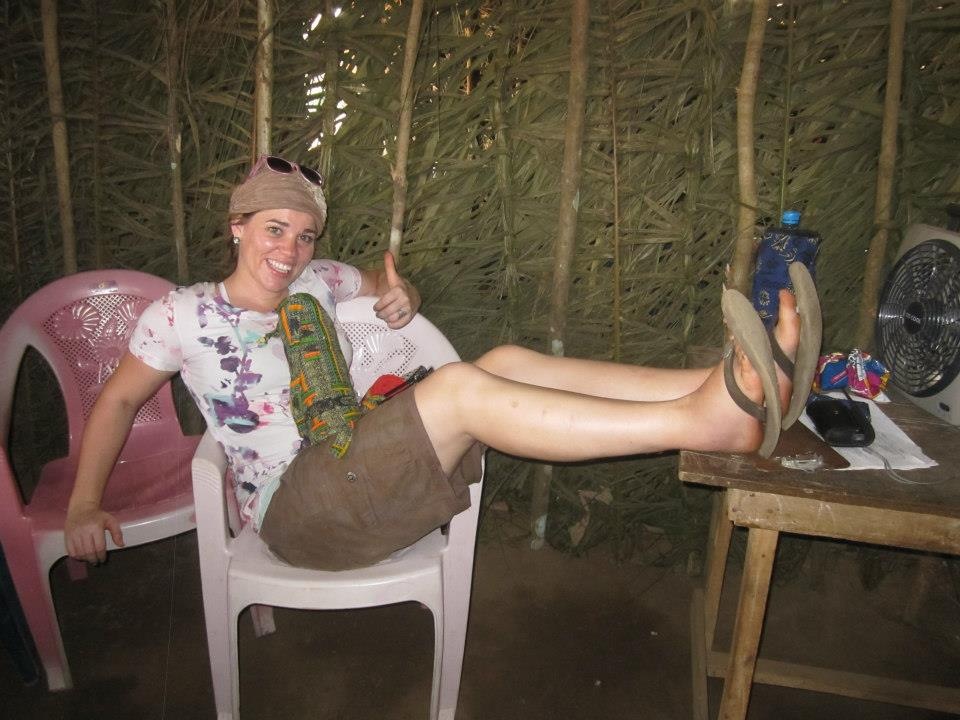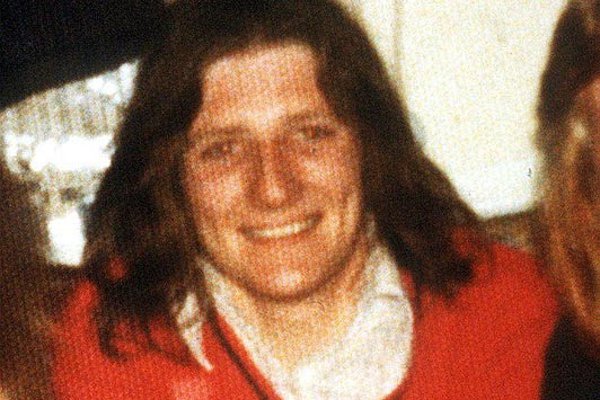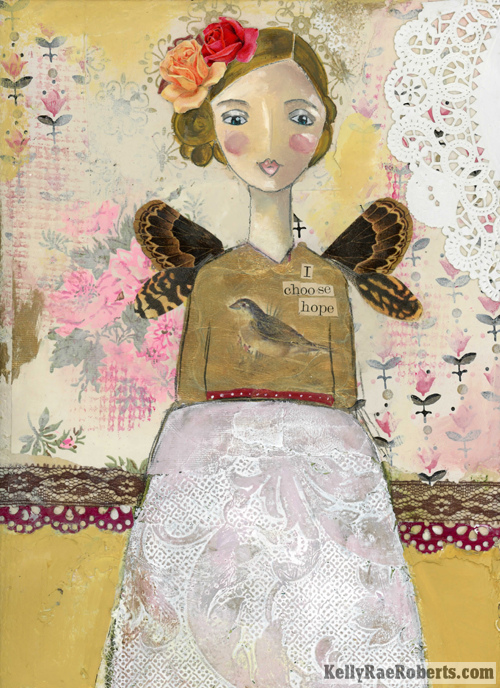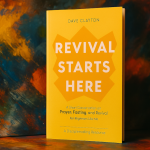We were driving through one of those neighborhoods that you can find in almost any city nowdays.
You know the ones where the houses are squished up next to one another like dolls on a shelf, all lavishly dressed, all so very pretty but yet so very different. One house has a stone front. The one next to it is a brick colonial. One has a turret. Another has a wide porch. Nobody has a yard. Instead they have what passes as green embroidery, a strip of grass that serves as a well-placed border.
There are two moving vans in front of one of the houses. Someone is either moving in or out of the tidy village.
Around the bend, past the house with the stone turret is a towering, spiked gate. It opens and shuts electronically, welcoming those who live up the slope, and locking out those who don’t. There are two great stallions of bronze just beyond the gate. They are standing on their hind legs, playfully battling in that way that racing champions and barn bound horses are prone to do. This is artwork with a message: Only the powerful live beyond these gates.
Just beyond the intimidating art are homes so massive in scope it would take a team of Merry Maids a week to clean just one and then they would have to start all over again. The three-story yellow home with row after row of mirrored glass looked more like an office building. I’m sure it is perfectly appointed inside — these home always are — but from the outside it just looks like it is trying too hard to be noticed. Like Paris Hilton in a yellow bikini. You can’t help but look.
We stare up at the horses and the mirrored-yellow house as we drive on pass, acutely aware that people who live in gated communities do so in part because they are trying to distance themselves from others whom they deem either a threat to their well-being, or a challenge to their quality of life. They believe they have worked hard enough, smart enough to earn the right to live beyond the squalor beyond the gates.
“This must be jarring for you,” I said to daughter Konnie, as we drove on through the neighborhood just beyond the bronzed stallions.
“Yea, it is,” she replied. “I can’t even get my mind around this.”
Konnie had just returned from Sierra Leone. She went with Willamette Medical Missions to Ronurie, a village so remote it required a four-hour drive from Freetown. While there they set up a makeshift clinic and offered rudimentary medical care to the sick and suffering. There was one physician and five nurses on the team. Konnie’s job was intake — getting blood pressure, vitals, and chief complaints.
They treated everything from malaria, to broken bones, to hernias — the bulk of men and boys suffer from hernias. And while that may seem like a fairly treatable condition here in the states, it isn’t at all in the northernmost villages of Sierra Leone. Some of the clients walked 25 miles to medical care. One man’s hernia had grown to the size of a watermelon. Children came in with serious ulcerated abscess from splinters lodged while scraping their knees scaling a coconut tree. Sometimes their faces would be totally disfigured by tumors or infections left untreated. Some women came in quietly crying, seeking help for the infertility that had cursed them, made them an outcast among the only community they’ve ever known.
I remembered how hard it was for me the week I returned from Vietnam. How jarring it was to see daffodils blooming, edging manicured lawns, and thinking about the wildness of the Ia Drang Valley, where so much blood shed had happened, for what? For nothing.
My girlfriend Cammie, who lost her daddy there when she was only six months old, stood in that field grasping her father’s wallet and crying big sobbing tears: It’s so unfair. It’s so unfair, she repeated.
And who was I to say otherwise?
So I just held her instead and said, Yes. Yes. I know. I know.
I wanted to do that with my Konnie right then. To tell her, I know. I know. It is so wrong on so many levels.
When the week of ministering health to village people drew to a close, the children in Sierre Leone raided the trash bags of medical team. The “trash” consisted of the unused, unopened plastic supplies, cardboard boxes collapsed for recycling, and such. All still sanitary, but nothing necessary for their return.
One boy rejoiced upon finding a vagina speculum, still unopened in its plastic pouch. For this child, the shiny plastic speculum looked like a toy. He grasped it with both hands and a smile of elation lit up his face. This was a child celebrating the unexpected find of an unknown treasure.
She thinks of that child.
And the dozens of others like him.
She thinks of millions she doesn’t know.
“It’s ridiculous,” she said. “We have so much that we take for granted. So much.”
The children would run after her shouting: “Apato! Apato! Snap! Snap!”
White person. White person. Take my picture. Take my picture.
And so Konnie used her iPad to take their photos and show them their own smiles. Living in a village void of electricity or internet or cameras, glass or even mirrors, these children never see themselves.
The only reflection they have of themselves is through the eyes of another.
We don’t do that here in the land of excesses.
We don’t seek to know ourselves through the eyes of others.
It’s so unfair that we can live in fine homes sided with mirrored glass and yet remain blind to the unexpected treasures all around us, and the ways in which we already possess the ability to heal others.

